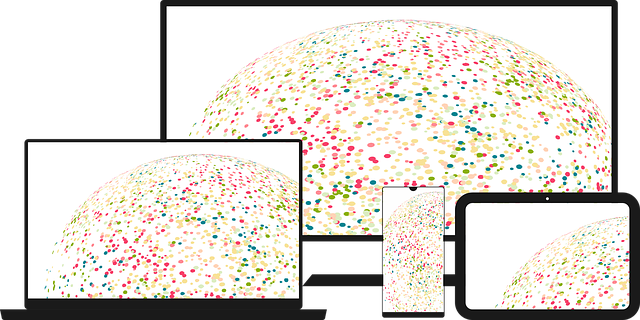AI Digital Twin technology creates virtual replicas of real-world assets like manufacturing plants or entire cities, offering businesses advanced insights through AI algorithms. In the food industry, this is seen in AI chatbot integrations on platforms like Facebook, optimizing menu planning and pricing based on customer preferences and order patterns. These chatbots use natural language processing to provide personalized suggestions, automate routine tasks, and gather valuable customer data for improved marketing and menu offerings. By enabling virtual testing and predicting customer behavior, Digital Twins enhance operations and customer experiences across industries, including food service, with continuous monitoring ensuring accuracy and real-time updates.
“Explore the future of customer service with AI Business Digital Twin technology, a revolutionary approach transforming industries. This comprehensive guide delves into the concept, offering a detailed understanding of its potential. From enhancing online ordering systems to revolutionizing customer experiences, we focus on AI chatbot integrations for Facebook food orders as a key application. Discover the benefits and challenges of implementing digital twins, and learn how this technology promises to reshape business interactions.”
- Understanding AI Business Digital Twin Technology: A Comprehensive Overview
- The Role of AI Chatbot Integrations in Facebook Food Orders
- Benefits and Challenges: Implementing Digital Twins for Enhanced Customer Experience
Understanding AI Business Digital Twin Technology: A Comprehensive Overview

AI Business Digital Twin technology is a game-changer, offering a comprehensive digital representation of physical business processes and assets. By creating virtual replicas, or ‘twins’, of real-world entities, such as manufacturing plants, supply chains, or even entire cities (metropolises), businesses gain unprecedented insights and control. This innovative approach leverages advanced AI algorithms, including natural language processing and machine learning, to simulate and predict complex business scenarios.
One compelling application is seen in the food industry, particularly with AI chatbot integrations for Facebook food orders. Digital twins can optimize menu planning and pricing strategies by analyzing customer preferences and order patterns. Through virtual testing, businesses can quickly adapt to changing market demands, ensuring a dynamic and efficient operation. This technology revolutionizes how companies manage their digital presence, enhancing customer experiences and streamlining operational processes.
The Role of AI Chatbot Integrations in Facebook Food Orders

The integration of AI chatbots into Facebook Food Orders has revolutionized the way users interact with food delivery platforms, enhancing user experience and streamlining operations for businesses. These intelligent assistants leverage natural language processing to understand customer preferences, answer queries in real-time, and even make personalized food recommendations based on past orders and dietary choices. By automating basic tasks such as taking orders, handling frequent inquiries, and managing simple changes or cancellations, AI chatbots free up human agents to focus on more complex issues, improving overall efficiency.
Moreover, AI chatbot integrations for Facebook Food Orders allow businesses to collect valuable customer data that can be used to refine marketing strategies and improve menu offerings. By analyzing conversation patterns and feedback, these chatbots can identify trends, predict popular dishes, and optimize inventory management. This data-driven approach not only helps restaurants and food delivery services meet customer demands more accurately but also enables them to tailor promotions and discounts to specific user segments, boosting sales and fostering stronger connections with their audience.
Benefits and Challenges: Implementing Digital Twins for Enhanced Customer Experience

Implementing digital twins, powered by AI technology, offers significant advantages for enhancing customer experiences in various industries, including the food service sector. For instance, creating a digital twin of an online ordering system, such as Facebook Food Orders, allows businesses to virtually replicate and test real-world scenarios. This enables them to predict customer behavior, identify potential issues, and optimize processes before launching new features or updating existing ones.
However, challenges exist when integrating AI chatbots into these digital twins. Ensuring seamless interactions requires sophisticated natural language processing capabilities to understand and respond accurately to customer queries. Data privacy and security are also critical concerns, especially when dealing with sensitive user information. Additionally, maintaining the digital twin’s accuracy and real-time updates pose technical hurdles, necessitating continuous monitoring and refinement to reflect changes in market trends, consumer preferences, and operational dynamics.
AI business digital twin technology, particularly its application through AI chatbot integrations for Facebook food orders, holds immense potential to revolutionize customer experiences. By virtually replicating real-world processes, digital twins enable businesses to optimize operations, enhance efficiency, and provide personalized services. The case study on AI chatbot integrations within Facebook’s food ordering system demonstrates the power of combining advanced technology with intuitive user interfaces. While challenges remain, such as data privacy concerns and model accuracy, the benefits of improved customer satisfaction and streamlined business processes make digital twin technology a compelling game-changer in today’s digital era.
